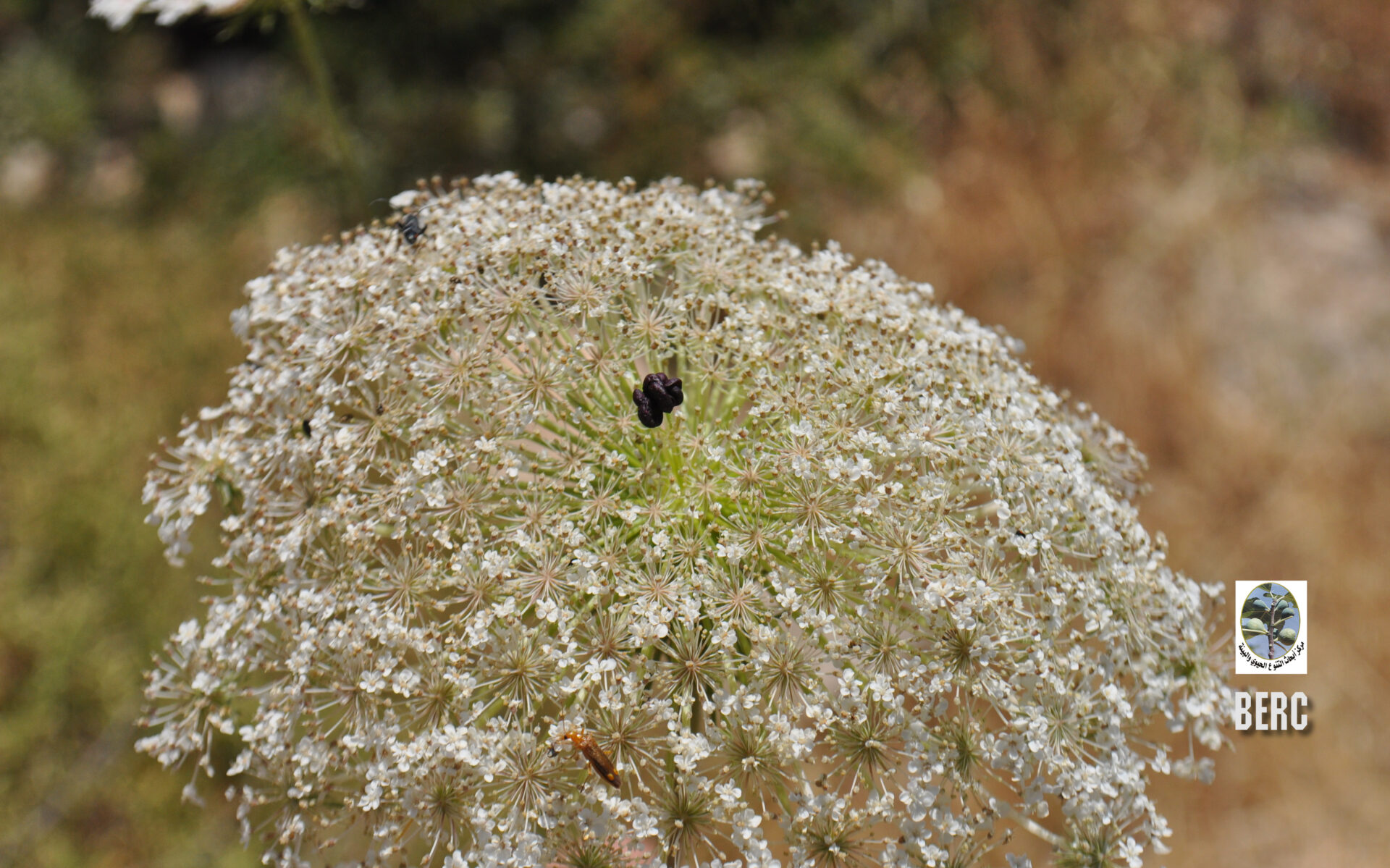The authors of FLORAPALE, (Flora Palaestina Ethnobotanical) web site do not take responsibility for any adverse effects from the use of the plants described here. Always seek advice from a health professional before using a plant medicinally or for other purposes. See DISCLAIMER.
The authors of FLORAPALE, (Flora Palaestina Ethnobotanical) web site do not take responsibility for any adverse effects from the use of the plants described here. Always seek advice from a health professional before using a plant medicinally or for other purposes. See DISCLAIMER - https://florapal.org/disclaimer/
Notes
Edible parts of Daucus carota include the root, flowers, seeds & leaves. Root and Taproot are used interchangeably for this species. The fruit of Daucus caorota is oval, flattened with short styles, hooked spines & is small, dry & bumpy with protective hairs surrounding it.
Cautions
Leaves of Daucus carota (wild carrot) may cause phytophotodermatitis, a cutaneous phototoxic inflammatory reaction after contact with a light-sensitizing botanical agent followed by exposure to ultraviolet light. Symptoms include erythema, edema, blisters (vesicles and/or bullae) & delayed hyperpigmentation.


